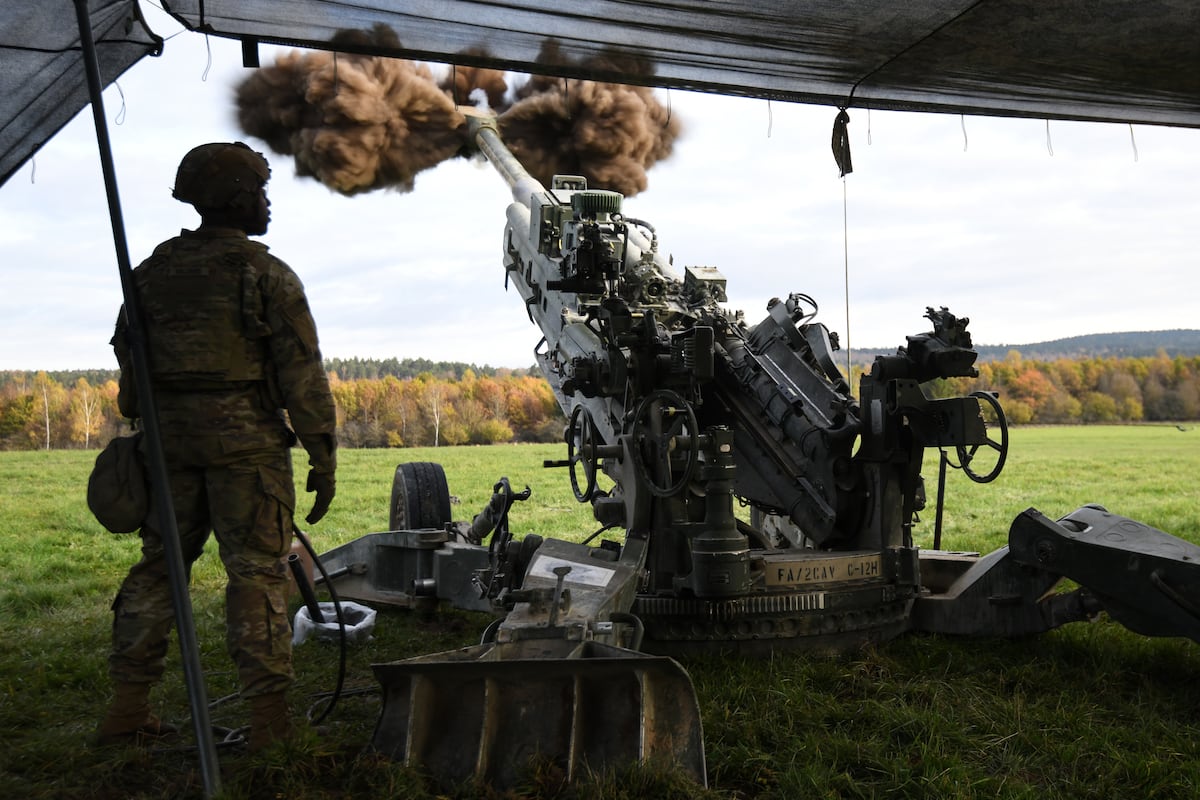Northrop Grumman Launches Innovative Beacon Project for Autonomous Flight Testing
Overview of the Beacon Initiative
In June, Northrop Grumman introduced the Beacon project, aiming to create an advanced “testbed ecosystem” that facilitates the rapid deployment of new autonomous mission capabilities. This initiative is designed to integrate third-party mission software with Northrop Grumman’s proprietary flight software, enabling more sophisticated autonomous operations.
Enhancing Collaboration in AI and Autonomy
According to Dan Salluce, the director for advanced autonomy at Northrop Grumman, the Beacon platform is pivotal in fostering innovation through collaboration with leading industry partners specializing in artificial intelligence (AI) and autonomy. This synergy is anticipated to significantly enhance mission capabilities.
Technical Framework of Beacon
The Beacon program is centered on the Scaled Composites Model 437 Vanguard aircraft, which has been modified for autonomous operations. Salluce elaborated that the project not only allows for integrating AI and autonomy into existing platforms but also invites external companies to leverage Northrop Grumman’s flight autonomy systems for demonstrating their unique solutions.
Key Features of the Beacon Project:
- Manned-Unmanned Teaming: The project provides essential navigation and coordination capabilities to support cooperative operations between manned and unmanned aircraft.
- Collaborating Entities: Early participants in the initiative include:
- Applied Intuition
- Autonodyne
- Merlin Labs
- Red 6
- Shield AI
- SoarTech
Operational Protocols
Beacon flights are overseen by a safety pilot, which enhances operational flexibility. This arrangement enables Northrop Grumman to switch control between fully crewed operations and autonomous, computer-guided flight, allowing for a variety of testing scenarios.
Looking Ahead
As the Beacon initiative progresses, its potential to redefine airborne operations and enhance the integration of diverse technologies in military aviation is promising. This strategic partnership model could serve as a blueprint for future collaborations within the defense sector, driving advancements in unmanned systems and AI capabilities.





